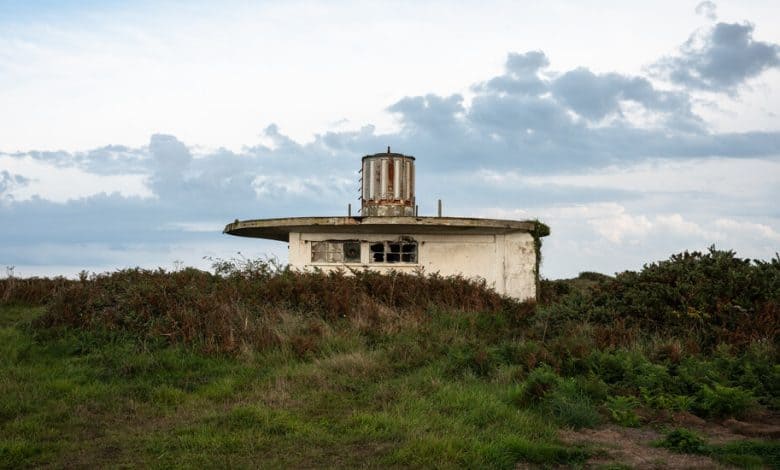Hundreds Added to World War II Death Toll of a Small English Channel Island

A long-running debate about a small part of Britain’s Holocaust history has been settled.
A panel of historians tasked with investigating the death toll in Alderney, a British Crown Dependency and one of the Channel Islands in the English Channel, has adjusted the island’s historical record, adding several hundred people to an official count from the 1940s.
Lord Eric Pickles, Britain’s special envoy for post-Holocaust issues, announced last July that a panel of experts would try to settle the — at times heated — debate. On Wednesday, he presented the findings with members of the panel in a packed room at the Imperial War Museum in London.
The panel did not come to an exact number. It concluded that the likely range of deaths was between 641 and 1,027, with a maximum number of 1,134 people. A previous estimate had put the number of deaths below 400.
The panel also answered the question of how many forced laborers and prisoners — the vast majority of whom were men — were on the island during the occupation between 1940 and 1945, concluding that there were between 7,608 and 7,812 people. Most of them were forced laborers from the Soviet Union. That number also included 594 Jewish prisoners from France.
“We are absolutely confident about these numbers,” Mr. Pickles said. “The truth can never harm us.”
Although the panel’s original remit had been to focus solely on the numbers, that turned out not to be enough, Mr. Pickles said. Over the last nine months, the panel widened its scope and investigated the question of why Britain never held any of the Nazi perpetrators responsible for mistreatment that included beatings, shootings, malnutrition and horrific working conditions.
The lack of prosecution of any of the people who committed violence and crimes in Alderney, Mr. Pickles said, was a “stain on the reputation of the United Kingdom.”
